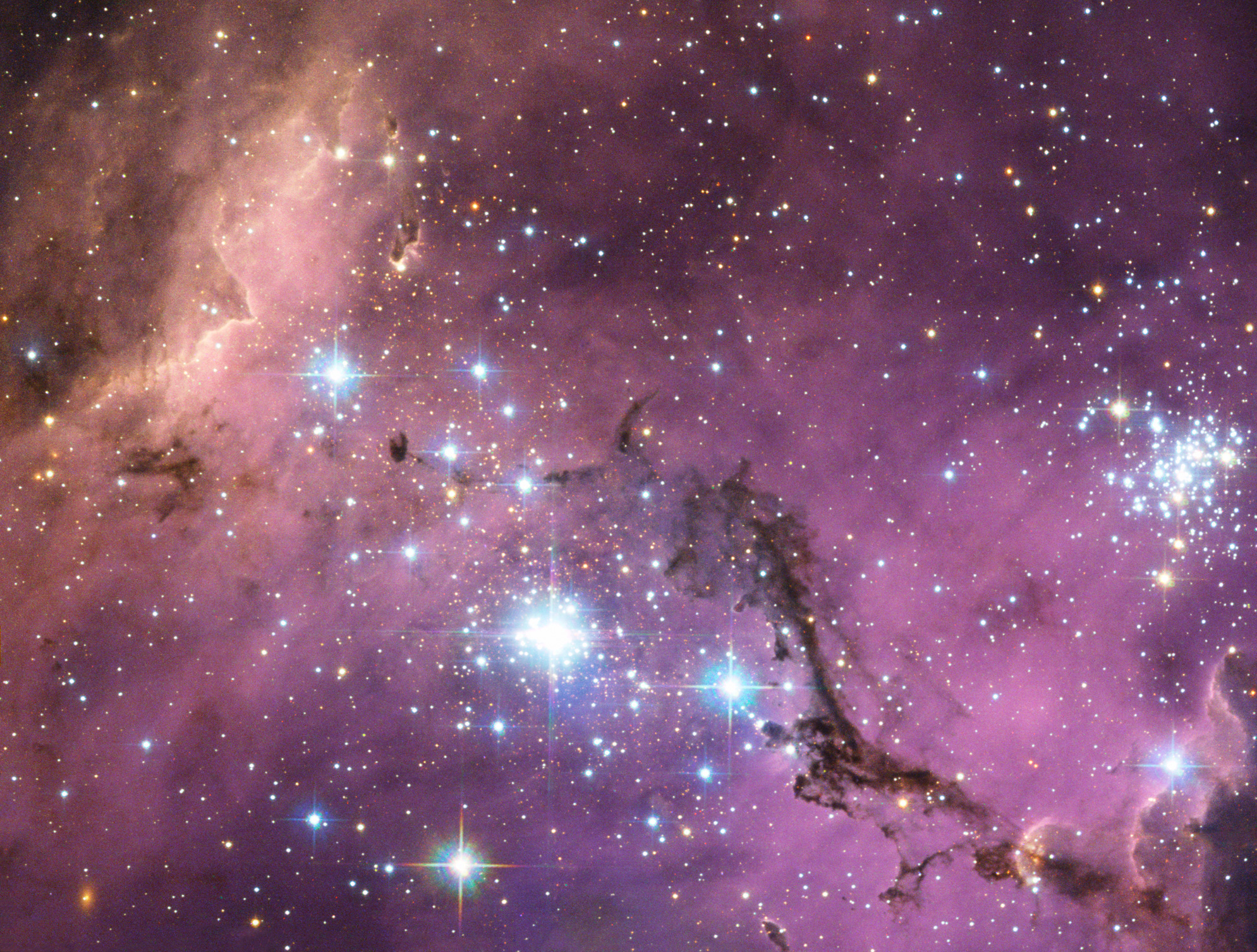Two values for one constant – impossible, but true
The universe is expanding. That’s something astronomers have agreed on for a long time. Edwin Hubble, an American astronomer, was the first to discover that light from distant galaxies was shifted toward red frequencies by the time it reached us – which meant that the source of the light was moving away from us. The Hubble constant, which expresses how quickly the universe is expanding, was named in Hubble’s honor. It has a value of approximately (more on this later) 70 kilometers per second per megaparsec. For example, if an object is one million parsecs (3.26 million light-years) farther away from us than a second object, then it is moving 70 kilometers per second faster away from us than the second object.
This constant can be measured in different ways. Space telescopes, such as Hubble or Gaia, for example, measure the brightness of certain variable stars, for which the relationship between change in luminosity and luminosity is known. In this way, the distance to galaxies containing these so-called standard candles can be calculated and the velocity at which these galaxies are moving away from us can be determined.
A different technique measures the cosmic background radiation that originates from the dawn of the universe and can be used to determine the universe’s current expansion rate. The ESA Planck satellite uses this approach. The results are extremely precise. They are based on the current standard model of the universe, which has been confirmed over and over again, and produce a value of 67.36 km/s*MPc. The method used by Hubble, Gaia, and other telescopes, however, produces a significantly larger value.
Two values for the same constant – that should not be possible. For a long time, researchers had hoped that the discrepancy might be due to a measurement error, since the margin of error in the star measurements was relatively large; initially it was at least 10 percent. But over the years, astronomers have succeeded in obtaining more and more precise values. Now, as just announced, they have calculated a value of 74.03 km/s*MPc with a margin of error of only 1.9 percent. This means that the likelihood that the difference between the two values is merely a random occurrence is around 1:100,000. So, there must be some reason for this difference – or the astronomers are just extremely unlucky. Whatever the cause might be is currently unknown. However, it means that the standard model is not as complete or correct as researchers previously thought.
